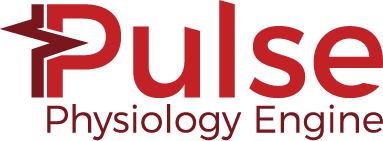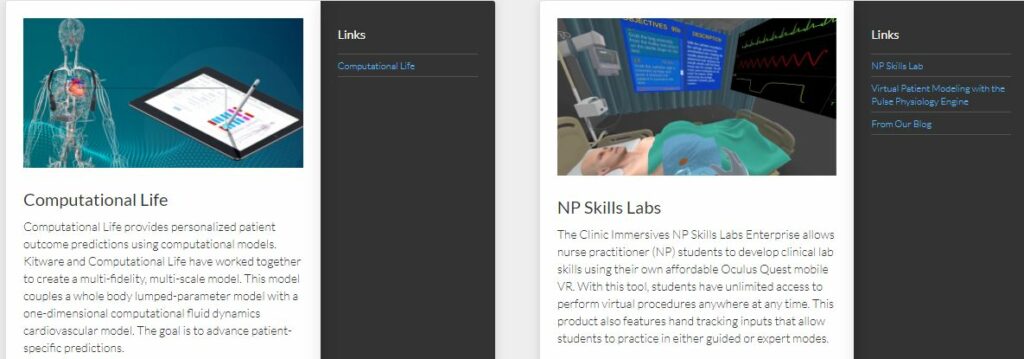Pulse 3.2 Released


On behalf of the Pulse Physiology Community, we are pleased to announce that version 3.2 is now available. We have continued to assist companies and universities to integrate Pulse into their projects and product goals. We worked with these users to improve models and functionality to advance the physiology engine for their needs. Our team has also updated the Pulse in Action page to reflect some of the latest work with Pulse.

The 3.2 version release includes:
- Software Architecture Improvements
- Added support for Python to create and manage a pool for engines to optimize integration of Pulse with ML frameworks
- Added support and examples for defining complex, scenario specific death state logic
- Added support for using a dynamic time step provided by the users
- Improved interface for scenario execution
- Now available to run scenarios from C# and Java
- Provide batch utilities to organize and execute scenarios that generate application specific states
- Added serialization testing support to verification and validation suite
- Now testing serialization of all actions and fixed many bugs related to missing action state between loading
- Improvements for reusing engine to stabilize new patients
- Added support C#,Java to query active actions and conditions after loading a state
- Added support to create data requests for action data and enum properties
- Improved patient loading logic
- Improved error handling and logging, including adding more than one log listener
- Cleaned compiler warnings and unused variables
- Added Java module support
- Physiology Model Improvements
- Improved Respiratory system validation
- Added sinusoid curve for muscle driver
- Improved I:E ratio validation (including obstructive I:E ratio changes)
- Improved interface to easily switch between various airway management equipment
- Improved pulmonary shunting model
- Improved dead space model
- Improved Mechanical Ventilator equipment validation
- Improved various actions
- Added ability to create extremely cold environments
- Added more data associated with hemorrhages
- Exposed flows per hemorrhage and total flow
- Exposed blood lost volume per hemorrhage and total blood lost
- Improved Respiratory system validation
In the coming months, we are working to improve and extend Pulse with:
- Unreal Engine support
- Bag Valve Mask and updates to the intubation action, including additional airway adjuncts
- Expanded mechanical ventilator capabilities
- Cerebrospinal fluid model for improved intracranial pressure
- Continued work on supporting dynamic engine pools for managing multiple pulse engines for real-time/game and research based applications
- Continued work on black-boxing to support interoperability between external and internal systems/models/circuits
Watch for new releases for the Pulse Unity Asset and the Pulse Explorer in the coming weeks. The next release for the Pulse Physiology Engine is planned for August 2021.
For more information on our efforts and our users, visit our website or sign up for our newsletter. If you would like to feature your Pulse use case, please email us at kitware@kitware.com.
Congratulations on the new release!